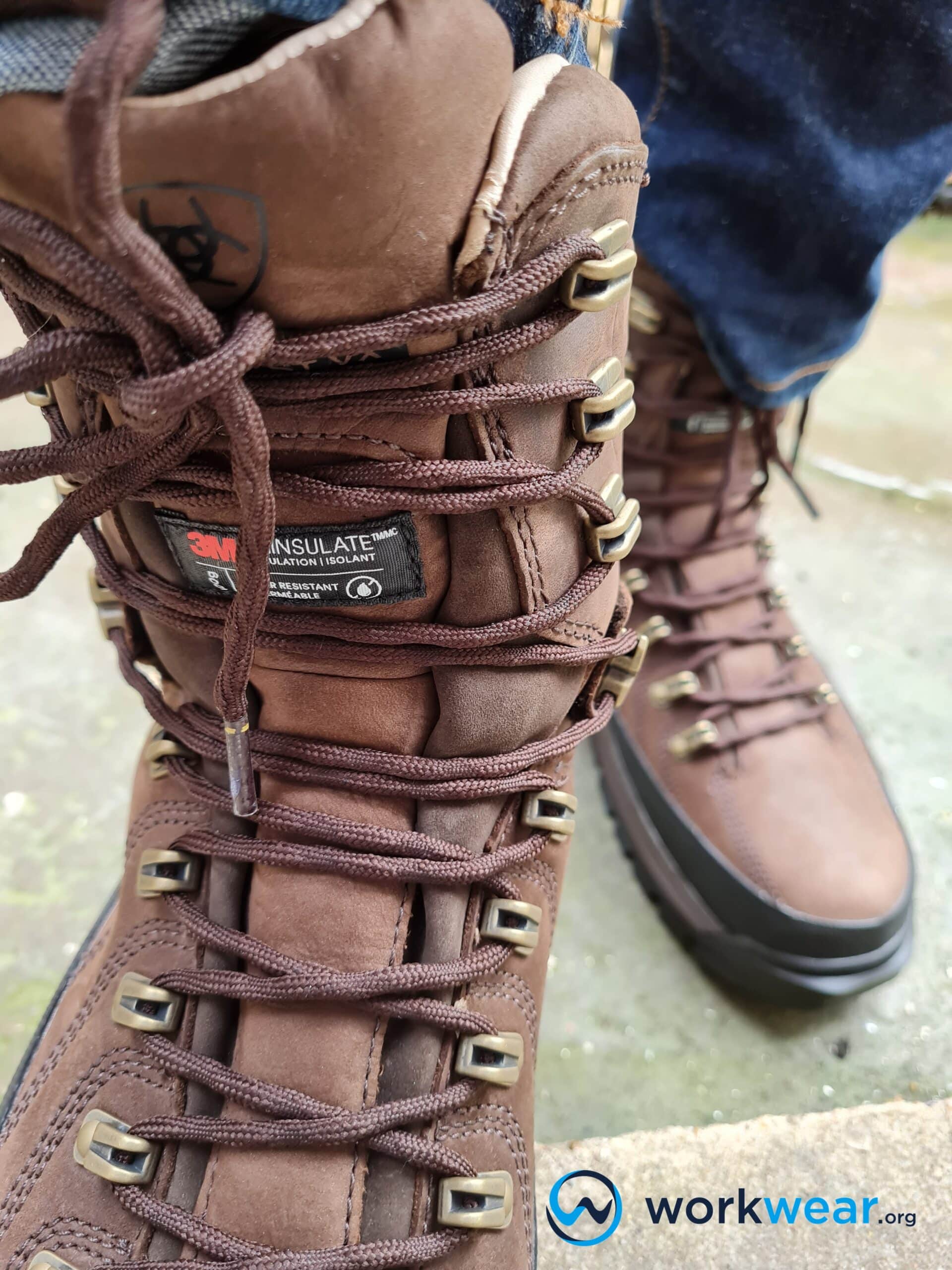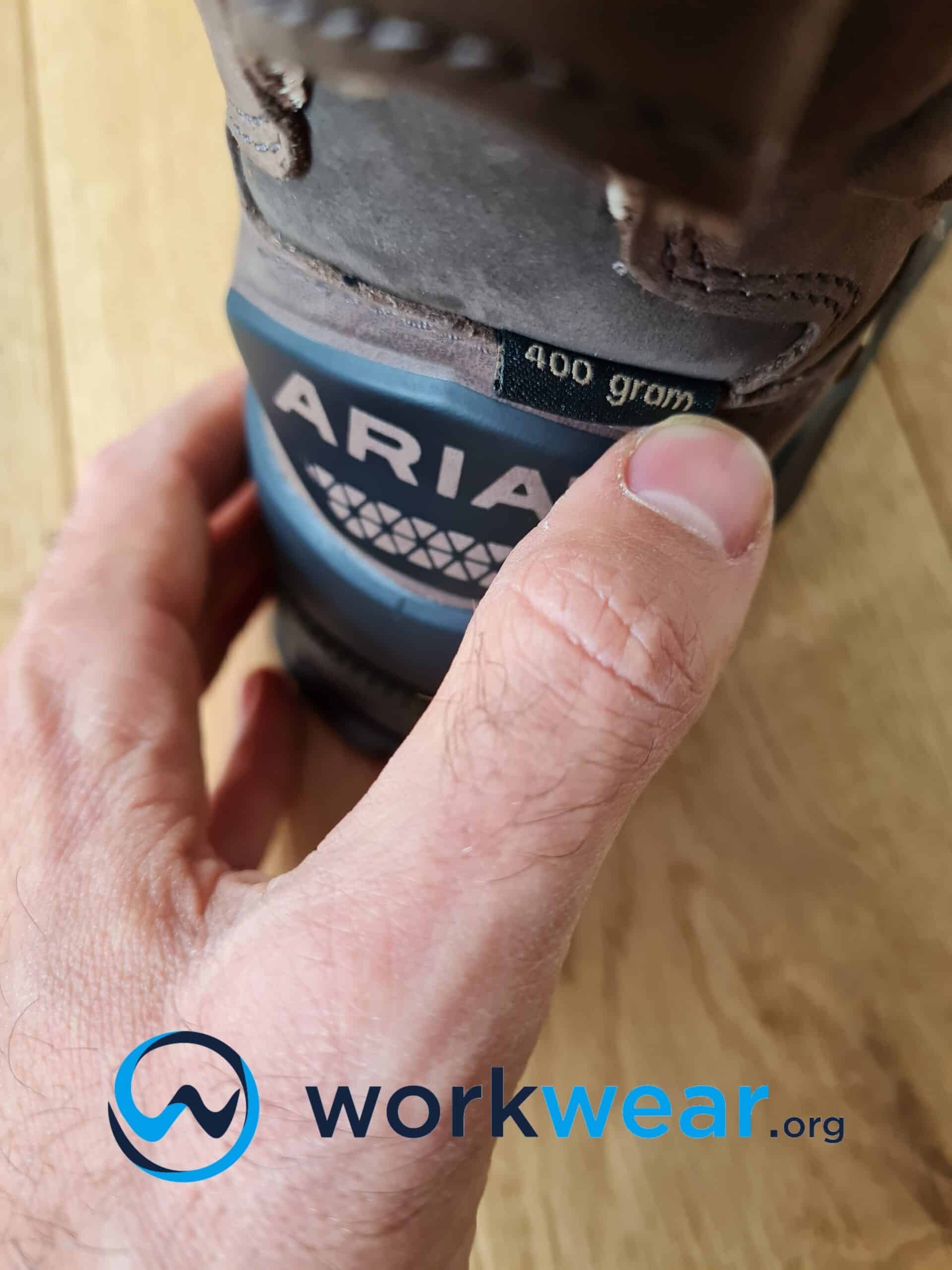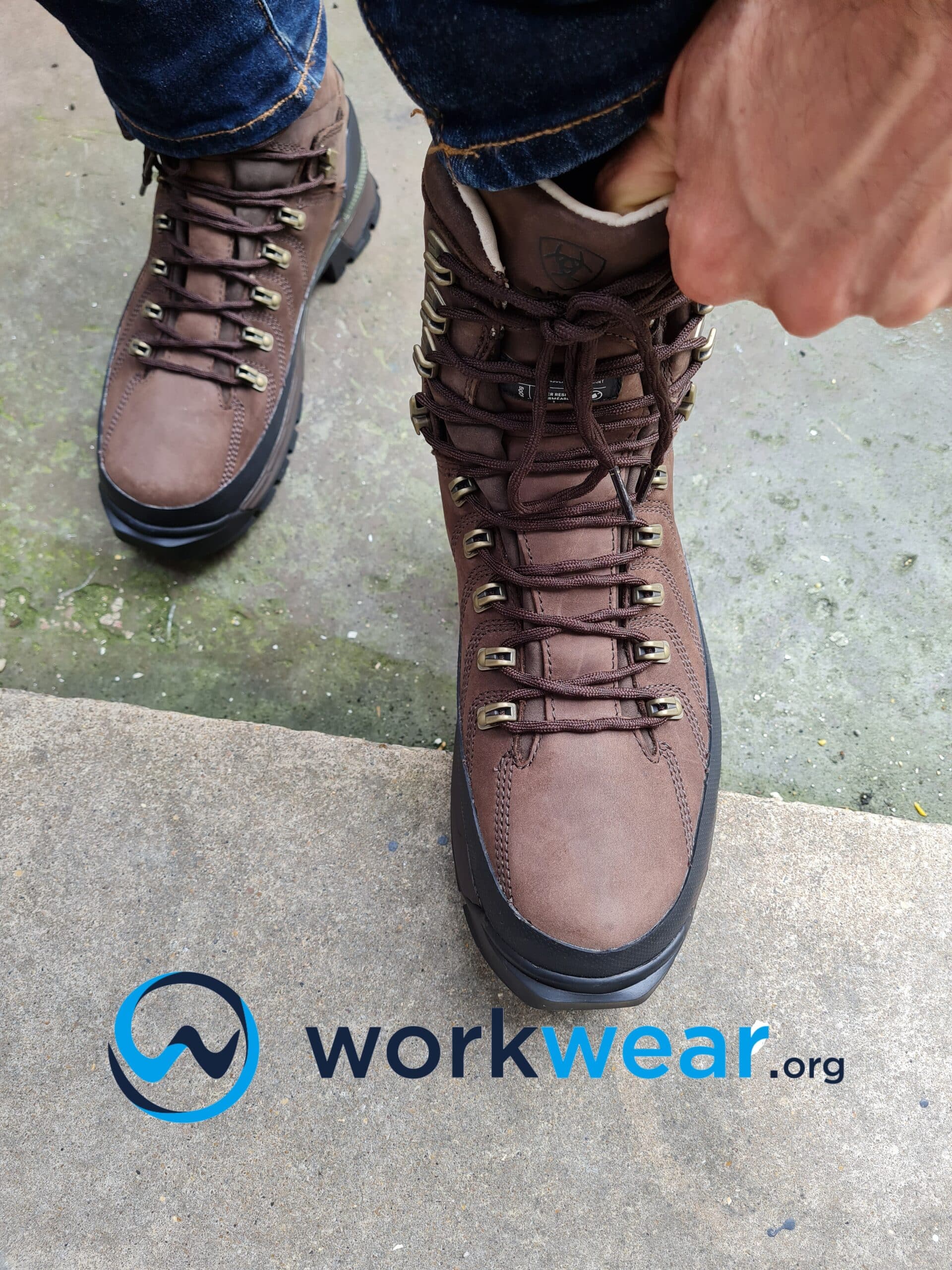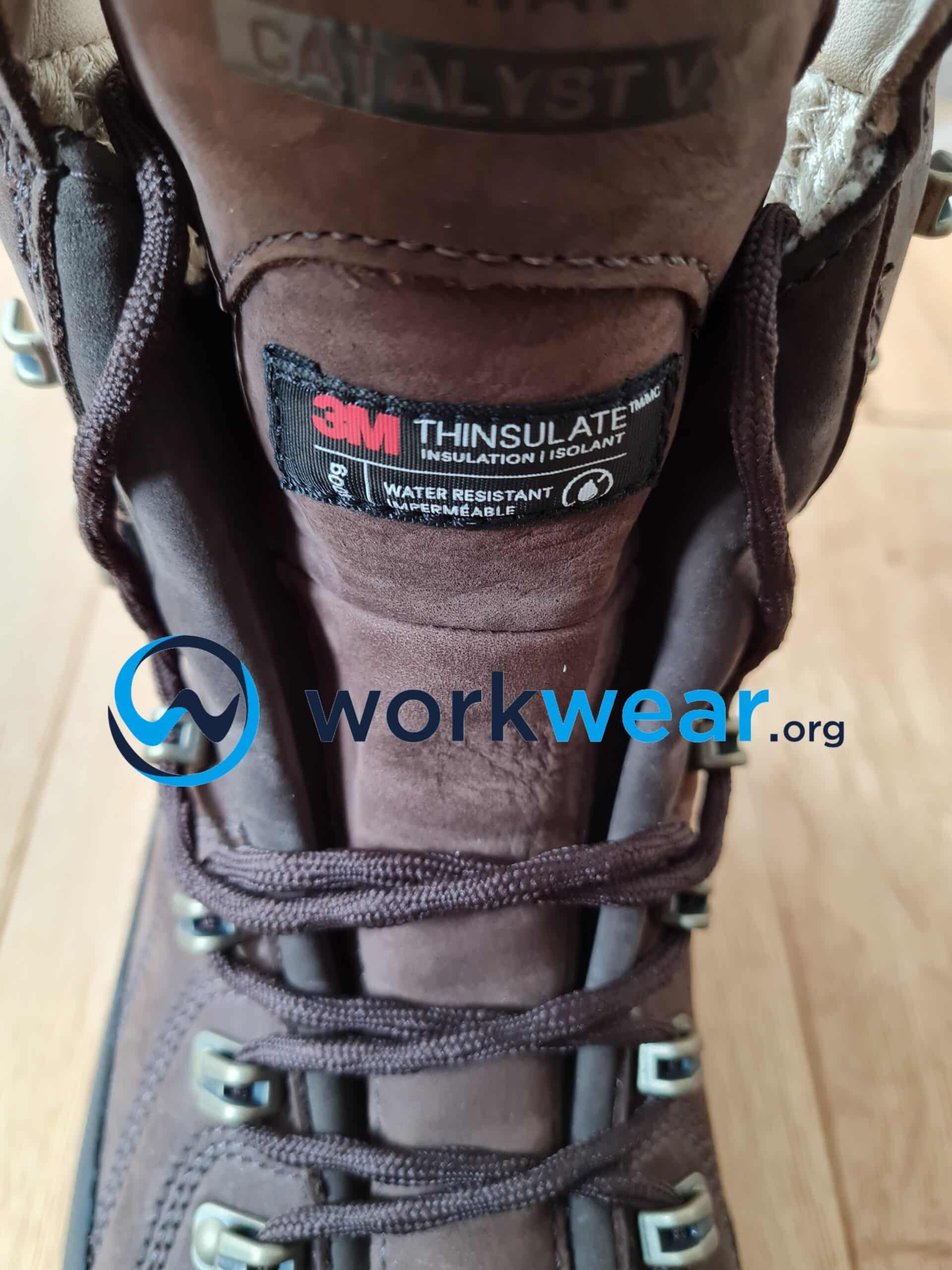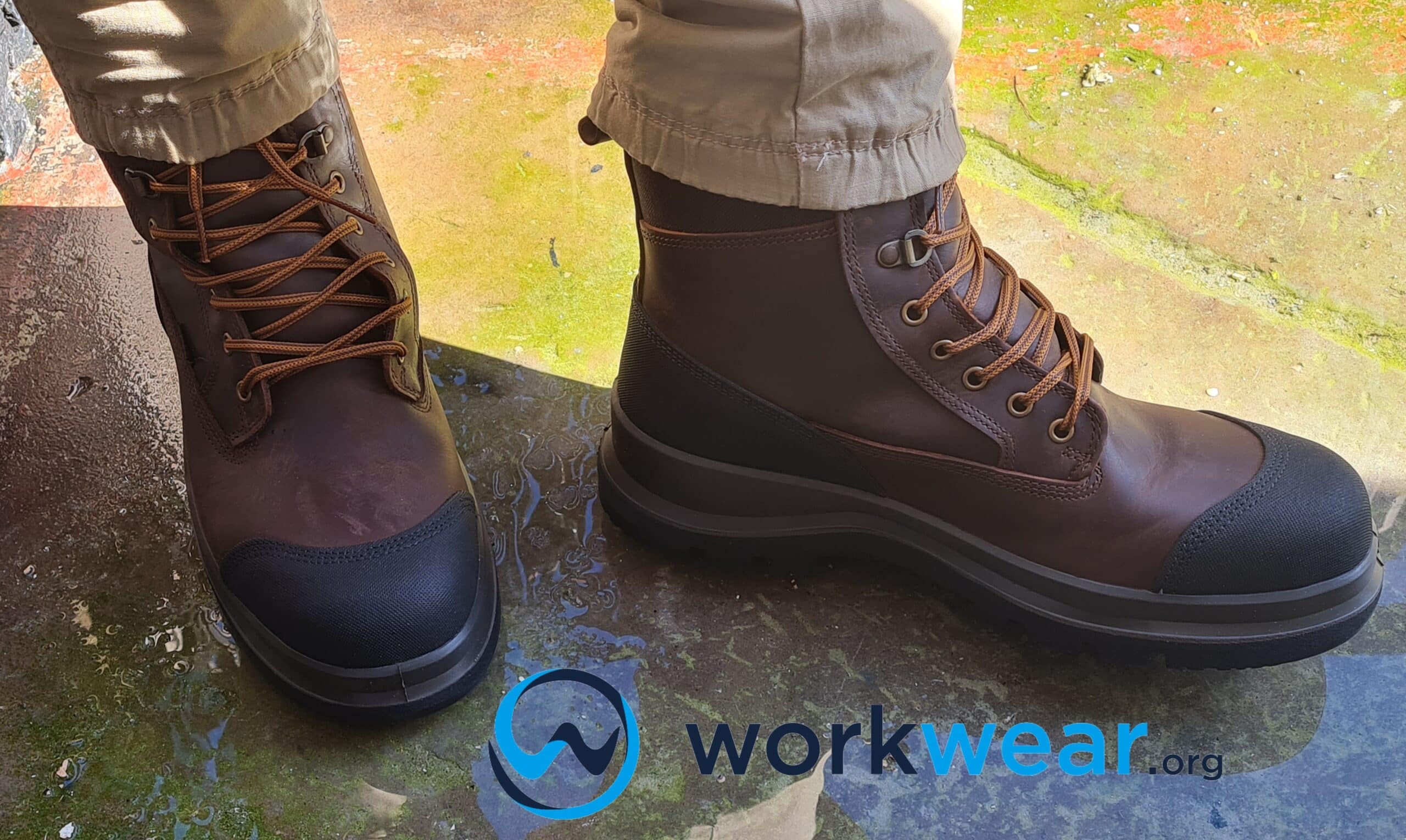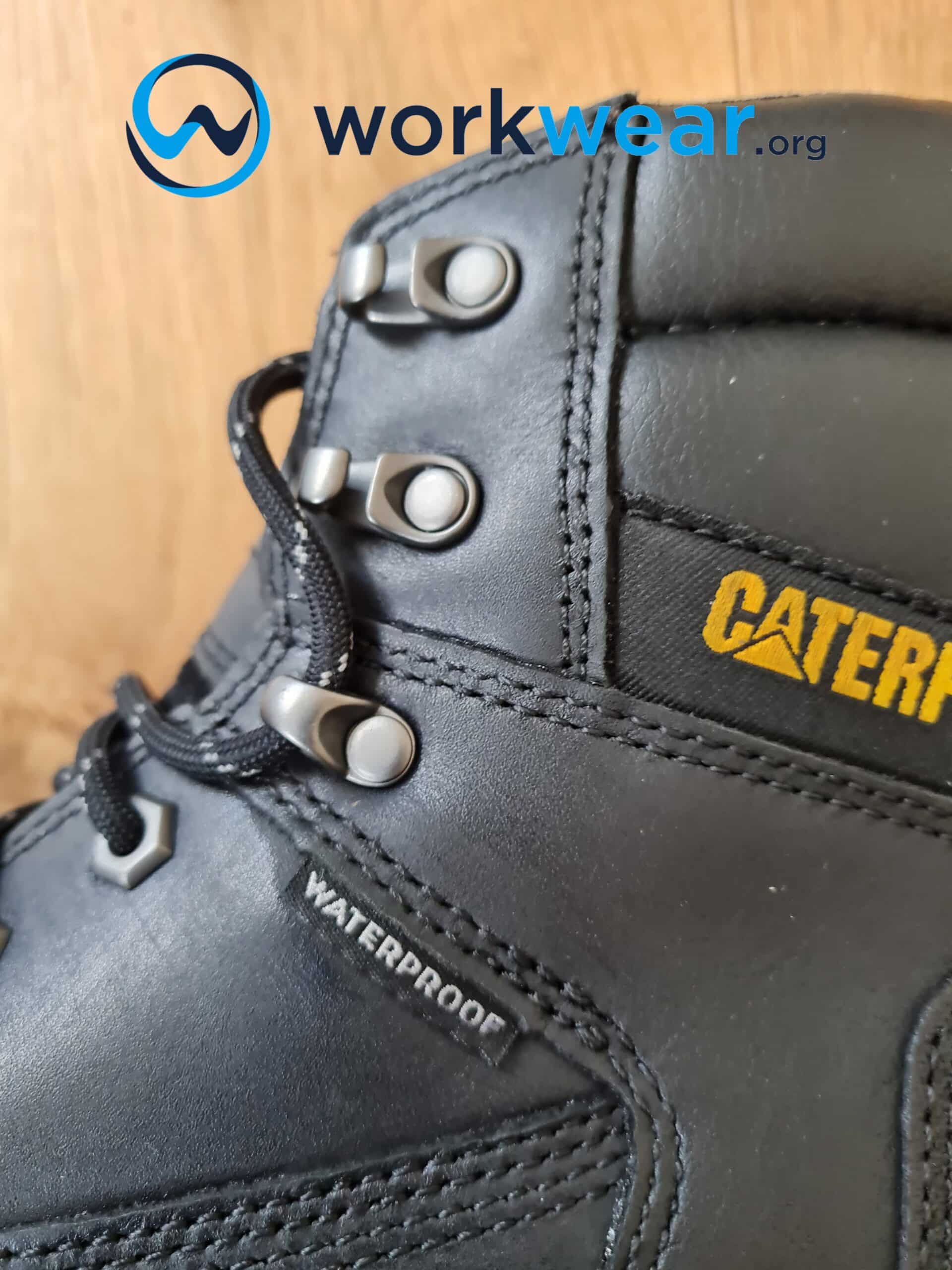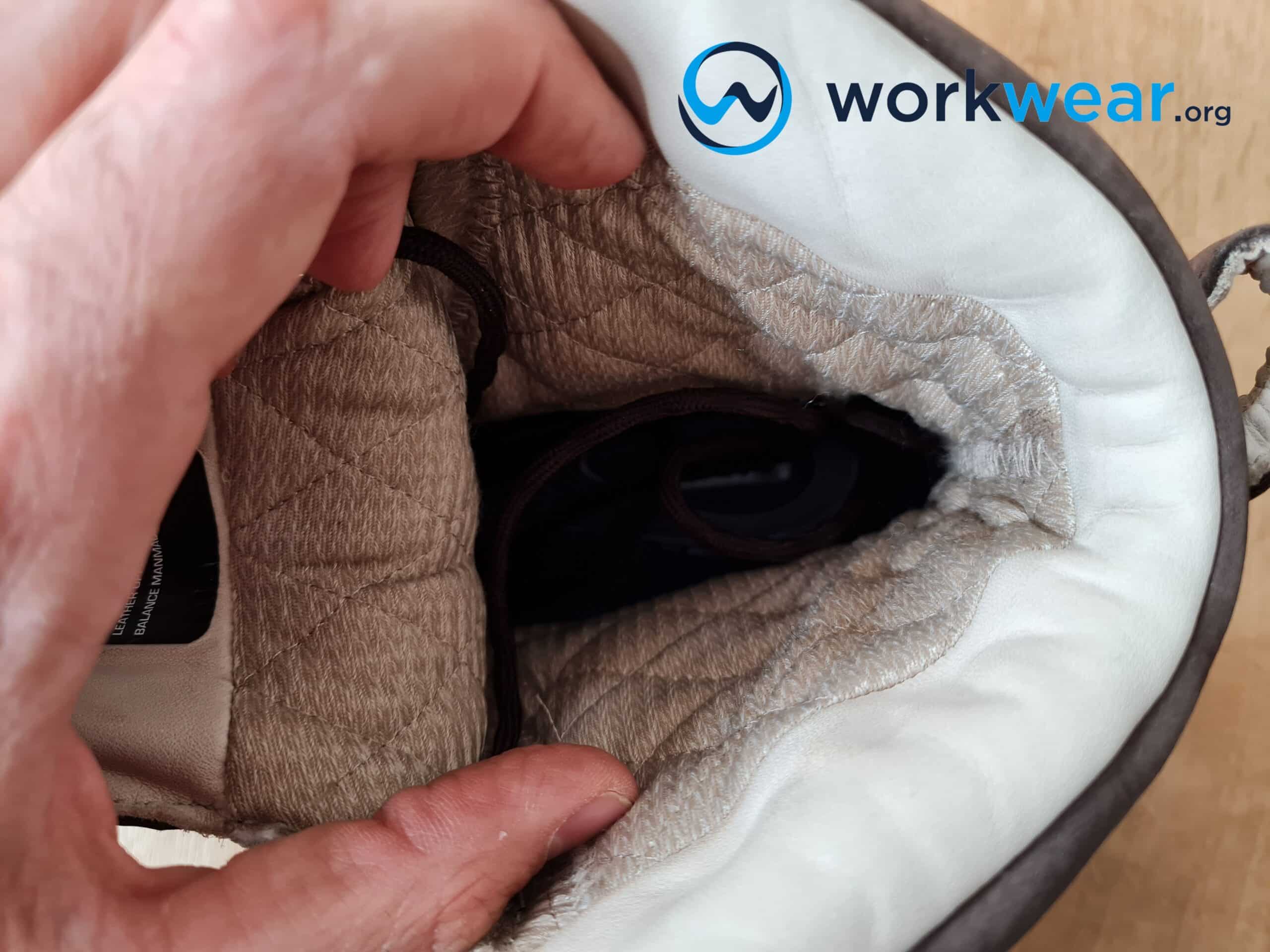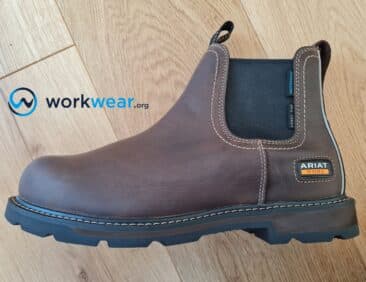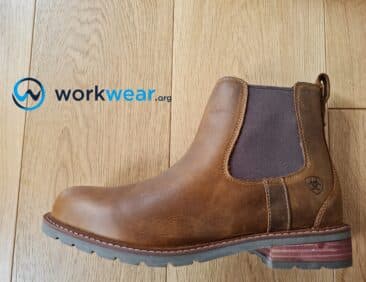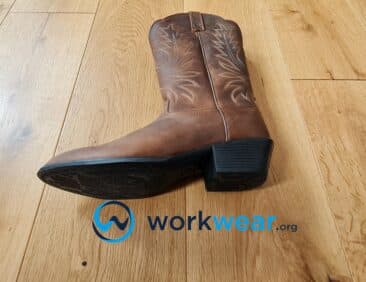Insulated vs Waterproof Boots
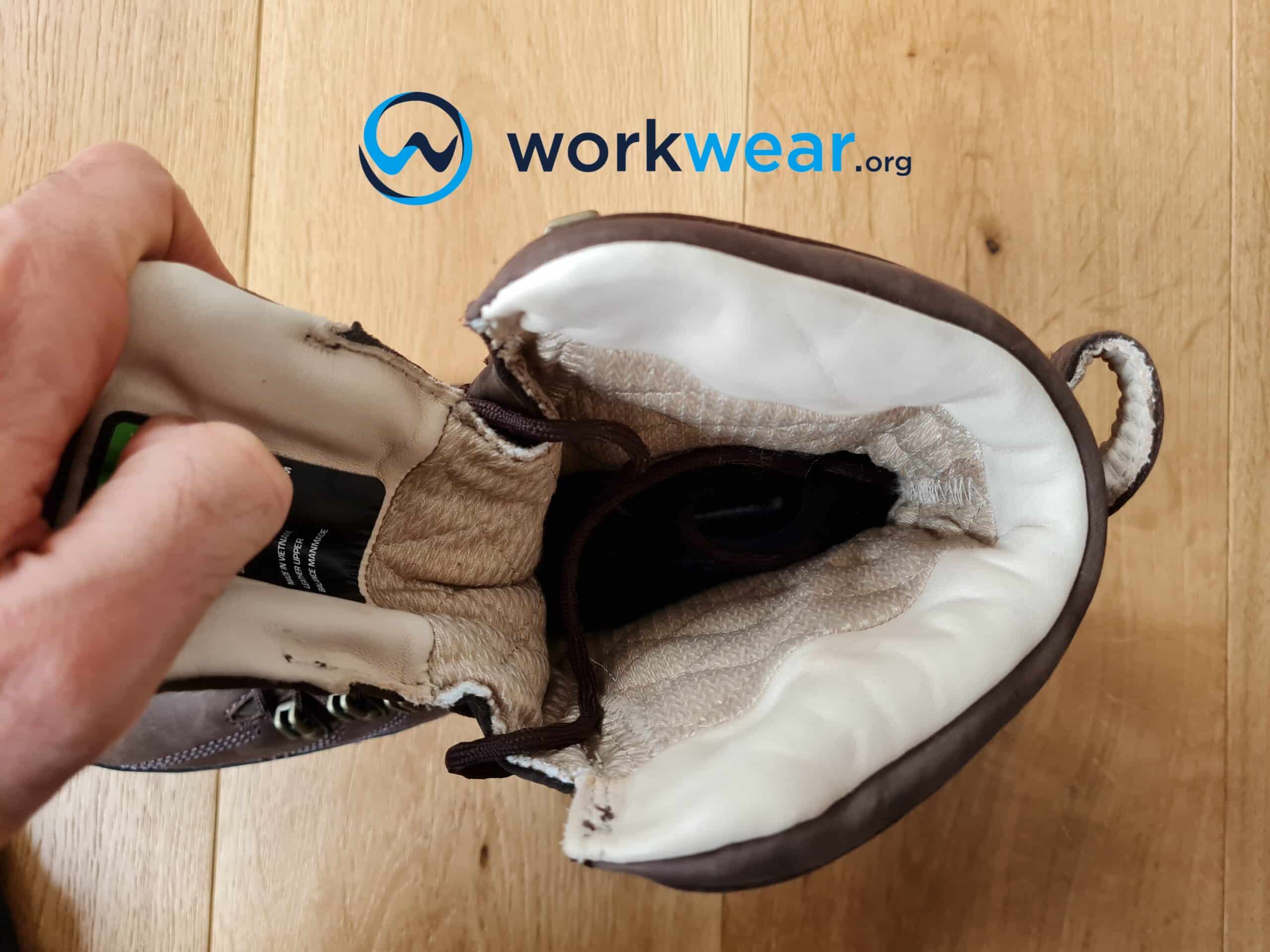
Staying comfortable while being productive on the worksite is significantly affected by the kind of footwear you use. The right type of boots always come in handy – whether you’re working on extremely wet floors while indoors or are finishing different tasks outdoors in cold weather. A sturdy pair of boots helps you fight the harsh conditions by keeping your feet warm, protected, and comfortable in every situation.
By picking the right kind of footwear, you can ensure that your feet as well as your entire body will feel warm, cozy, and comfortable on days when you need to do your job around wet elements – such as when doing construction work while it’s raining or during winter. The most affordable and easiest way to protect your feet is by investing in good quality footwear – and it’s even better if they have all-weather features.
But how do you pick the right pair that comes with sufficient insulation? Don’t worry, we got you all covered! But before that, let’s understand some basic yet important components of a boot.
Insulated Boots
There’s a wide variety of synthetic insulations available in the market that are designed to keep your feet warm. Most of these synthetic materials are made of micro-fibers that are designed to trap air molecules to help maintain the heat. Every brand prefers using specific types of synthetic insulations, but what’s important is that all of them are quick-drying, water-resistant, thermal, and breathable.
Here’s a list of some widely-used insulation materials:
Fleece – It’s light in weight yet exceptionally warm. This material, which is fitted into the Muck Boot Arctic Outpost Tall Boot, is also known for its absorption tendencies that help keep your feet dry and comfortable all day long.
Sheepskin – This natural, soft lining is known for its moisture-wicking quality in extreme cold situations. Also, it’s plush enough to provide an extra layer of comfort and support in your footwear.
Shearling – This is a fine fleece material produced under natural or artificial circumstances. Just like the traditional fleece, it’s extremely soft and cozy but isn’t your best bet in extreme weather conditions.
Sherpa – It’s a manufactured material that somewhat mimics the texture of shearling. This material is very soft and comfortable just like shearling but is also very easy to clean and dry.
The importance of insulation
Let’s be honest here, cold feet are no joke! They won’t only make you uncomfortable but will impact your overall body and health as well. In the absence of proper insulation to your feet, there are high chances of you getting frostbite, circulatory issues, and other kinds of complications. A thick layer of insulation can ensure that your feet don’t absorb any water or dirt that accumulates in your boots while you’re finishing the day’s tasks in inclement weather.
Insulation not only keeps the cold out but also keeps your feet warm and fuzzy, locking in the warmth created by good blood circulation as you continue walking around the job site. This is how insulation becomes a savior in cold, feet-numbingly weather.
But how can you pick the right amount of insulation? Is there even such a thing?
Well, of course, there is! Choosing the appropriate insulation weight is as important as picking the right kind of boots, since underestimating the chilly weather only leads to potentially painful and unsafe results. Meanwhile, picking a pair with way too much insulation can have uncomfortable results, such as excess sweating, chafing, suffocation, and overheating – especially in humid or hot work environments. With these in mind, choosing 200-400 grams of insulation is deemed the safest bet.
By now you’ve had a fair idea of how insulation works, and which material or weight (in grams) fits well, enabling you to choose the perfect pair of insulated boots. But just like every coin has two sides, insulated boots come with their own list of strengths and weaknesses.
Pros
- Keep feet warm and prevent frostbite
- Sturdy structure
- Comfortable padding
- Great for people with diabetes
Cons
- Can be very bulky and heavy
- May turn too warm during the summer season
- Can’t be used all-year-round
Waterproof Boots
As the name suggests, waterproof boots are the kind of boots that don’t absorb any kind of liquid or moisture. They’re effectively used in humid or wet surroundings, such as wet floors that plumbers need to deal with while fixing busted pipes. They also do well in or around wet outdoor worksites as well as indoor conditions that are exposed to accidental spills. The main aim of waterproof shoes is to protect the feet from getting wet and absorbing moisture, preventing the growth of various bacterial and fungal infections.
If you look at the variety of waterproof boots on the market, you’ll find that rubber is the most popular material that’s being used to manufacture these types of boots. This is because rubber is naturally water-resistant, sturdy, and holds anti-slip properties. Other than that, synthetic leather is also a viable choice, if you want a touch of class and stylish appeal to your work footwear.
We also have Gore-Tex, which is another excellent material for a sturdy pair of waterproof boots. It consists of a micro-porous structure that ensures the creation of resistance between the outer environment and your feet. At the same time, it promotes active air circulation and minimizes the heat produced inside the boots.
Now that you’ve had a fair idea of the importance and variety of waterproof boots, here are some of the pros and cons that are associated with these boot types.
Pros
- Dry and warm
Since a waterproof shoe’s job is to keep your feet dry and moisture-free, they always promote a warm and cozy feeling no matter what the conditions are. They’ll help you get through your workday with comfortably dry feet.
- Perfect for rainy seasons
If you’re looking for everyday work footwear that does the job but is also low maintenance, you must invest in good quality waterproof work boots. They’ll help you stay productive in the workplace while keeping your feet all warm and fuzzy.
- Prevents foot diseases
Most bacterial and fungal infections grow in damp or humid work surroundings. This is the reason why keeping your feet clean and dry can protect you from nasty foot infections or diseases. Regular use of waterproof shoes will keep your feet dry and healthy, preventing infections and other skin problems from developing.
Cons
- Makes your feet hot
Be careful while wearing waterproof shoes in warm work surroundings. There’s a chance that these shoes can get extremely hot and make you feel uncomfortable due to the heat build-up inside.
- Lacks flexibility
Waterproof boots may not be the best choice if you want the most flexible work footwear. This is because the material tends to be stiff, so it may restrict your movements and cause discomfort while you walk around.
Comparison of Pros & Cons
| Boot Type |
Pros |
Cons |
|---|---|---|
| Insulated Boots |
|
|
| Waterproof Boots |
|
|
Comparison of Features
| Feature |
Insulated Boots |
Waterproof Boots |
|---|---|---|
| Comfort |
|
|
| Durability |
|
|
| Weight |
|
|
| Slip resistance |
|
|
| Breathability |
|
|
| Cushioning |
|
|
| All season wear |
|
|
Conclusion
Insulated boots are specifically made to provide warmth and insulation during really cold weather conditions, making them ideal for those who work a lot in such low-temperature conditions. However, they’re usually heavier and more expensive than waterproof work boots. On the other hand, waterproof boots can be worn throughout the year and are typically more versatile and comfortable, even when the weather warms up.
FAQs
- Are waterproof boots ideal for winter use?
- If they’re waterproof but don’t have insulation, they won’t work very well in cold conditions. This is because they can’t keep the feet warm in low-temperature environments.
- Do all insulated boots feel heavy?
- No – there are some insulated boots with low-profile insulation materials – such as Thinsulate Ultra – that don’t weigh as much as the ones with thick insulation.
- Can waterproof boots be used even in dry areas?
- Yes – most waterproof boots are lightweight enough to be used comfortably in different environments. However, they may feel too warm when used in hot work conditions.
- Do all insulated boots have breathable interiors?
- Not necessarily – some insulation materials have breathable qualities while others don’t have this feature.
